Bonne Fête St-Jean!

At Your Own Risk

Big Stump Big Gulp1I know it’s not a Big Gulp
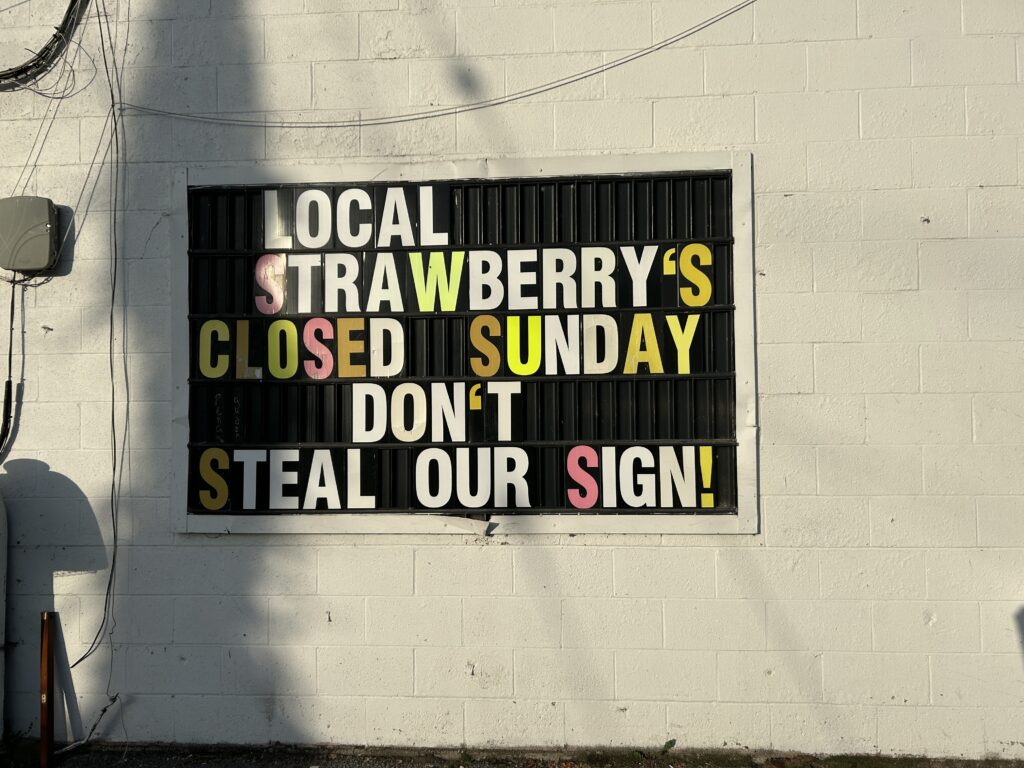
The Grocer’s Apostrophe vs. Theft

Lost Castles

Flower Scotty Mural

Yarden!!

Stairs to Nowhere

Vine Pole
- 1I know it’s not a Big Gulp
I love storytelling, and helping organizations share their truth with the world. From non-profit media outlets to for-profit boutique agencies to one of Canada's great universities, I've been connecting institutions and stakeholders for a while, and enjoying both the journey and seeing great ideas find great audiences.
Bonne Fête St-Jean!

At Your Own Risk

Big Stump Big Gulp1I know it’s not a Big Gulp

The Grocer’s Apostrophe vs. Theft

Lost Castles

Flower Scotty Mural

Yarden!!

Stairs to Nowhere

Vine Pole
Saw a pretty yellow flower up the street and thought “you know, just for a change of pace, let’s do ‘yellow’ today.”













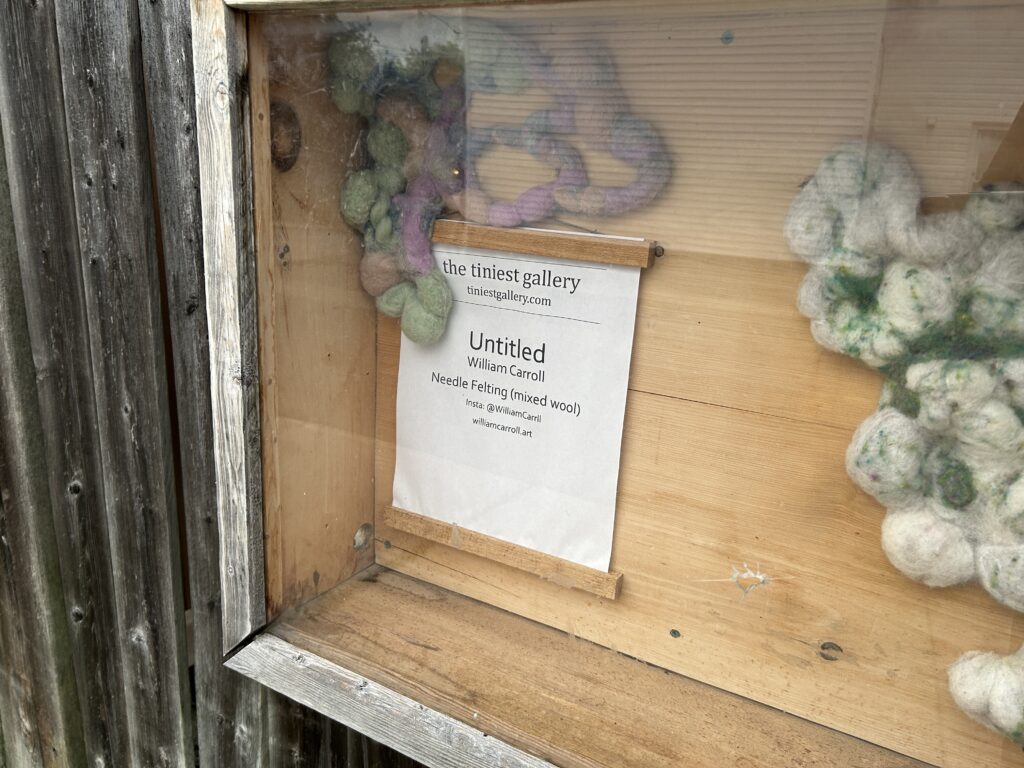
Tiniest Gallery: Evolution

Raggedy Dunk

Service Berry

I Guess The Youth Are Limited After All
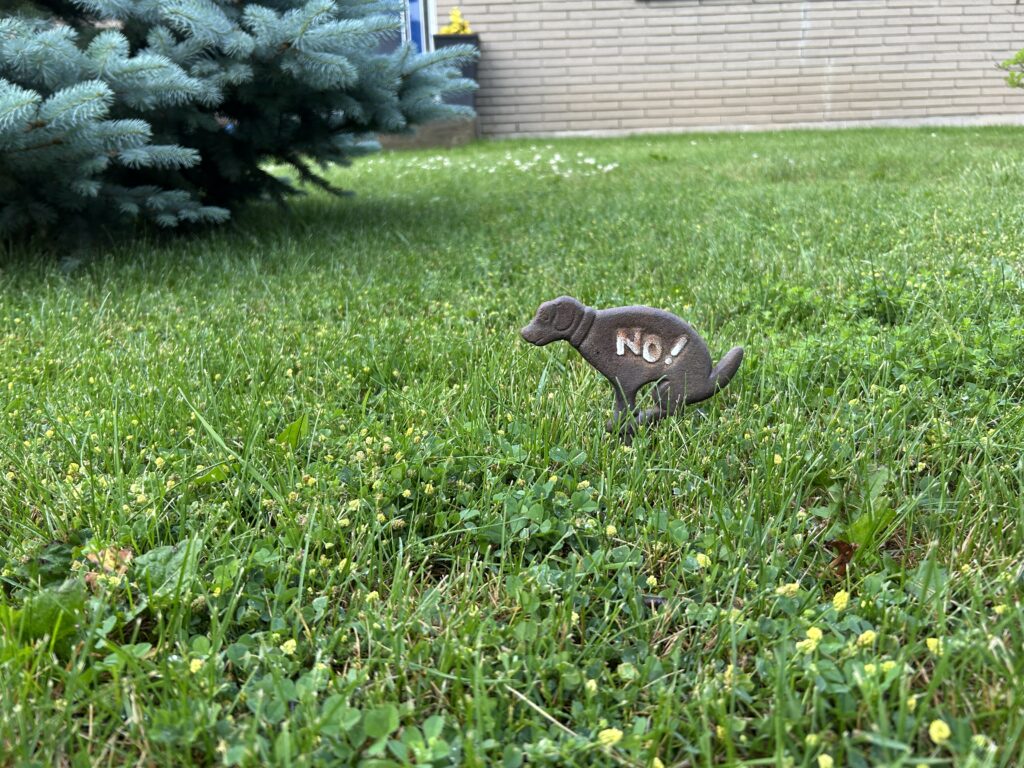
I Don’t Want To Break It To The Lady Who Lives In This House But Dogs Can’t Read
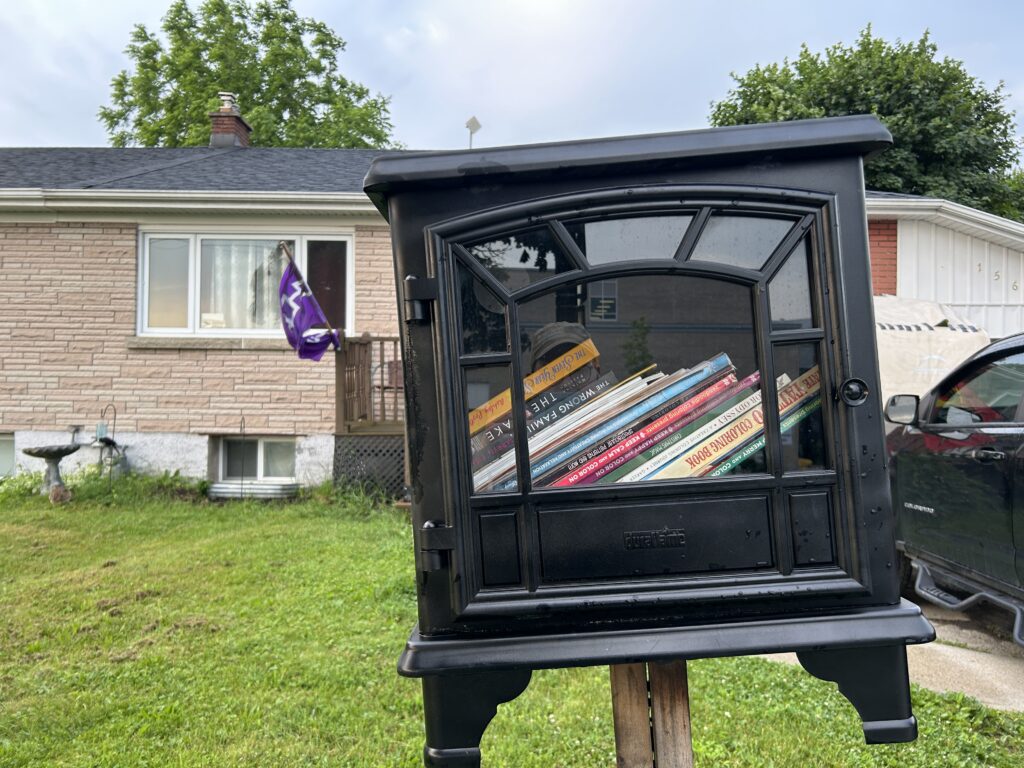
Not A Book Store, A Book Stove

Kingston Has Great Trails

One Love

Stanchions

Tower Power
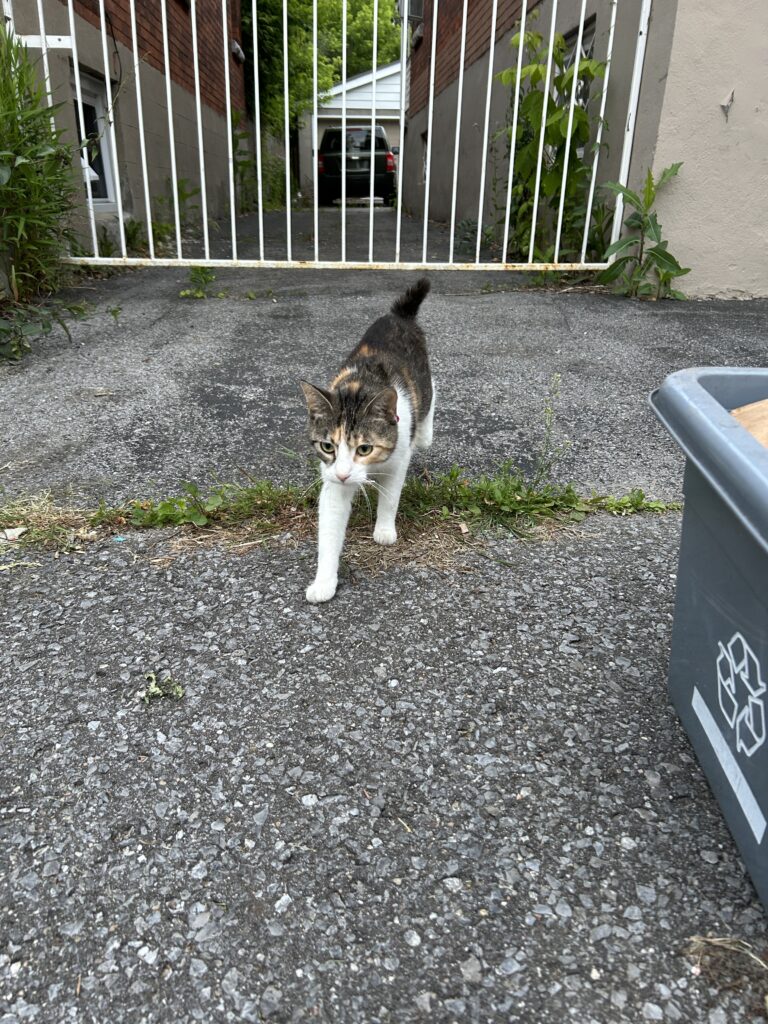
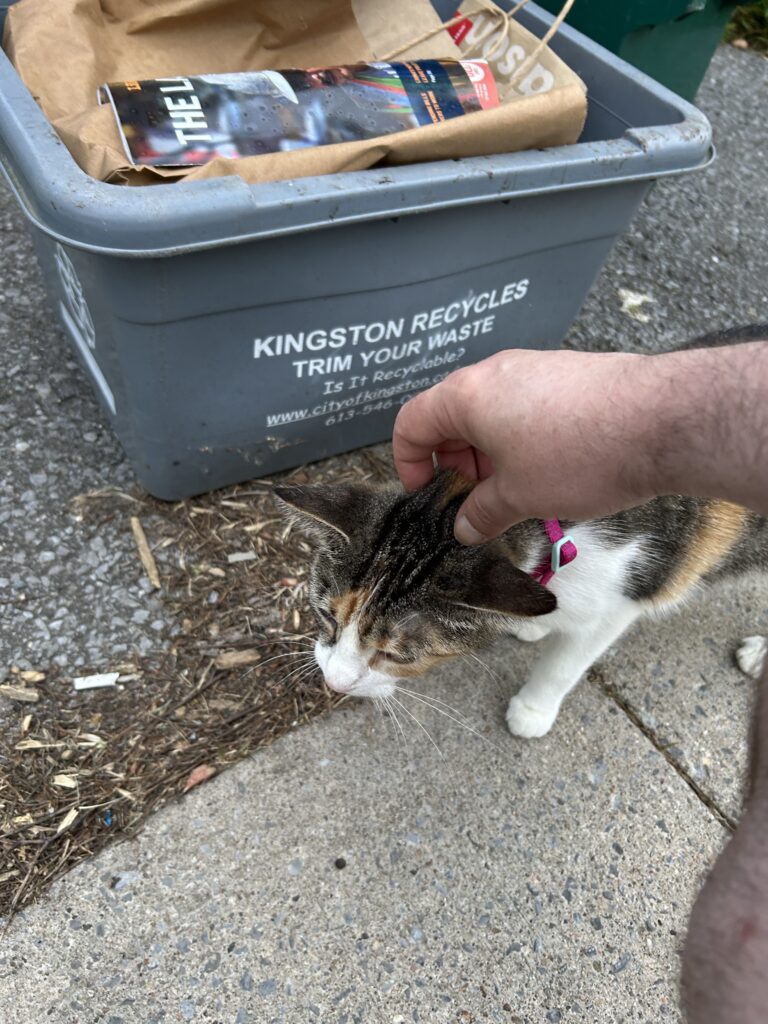
My New Friend, Tracey Barista

Quick Sew


Whole Lotta Vines (1-2)

My Wife Told Me What Kind Of Flower This Is But I Have Already Forgotten, Some Things Stick and Others Don’t I Guess

Franklin “Flip” Flanagan, last of the boxing lineage the Fightin’ Fencepost Flanagans.

Holiday hangover

As a Queen’s employee I am contractually obliged to point out tricolour when I see it occurring naturally, sorry

Sinister Door

Lawn Lion

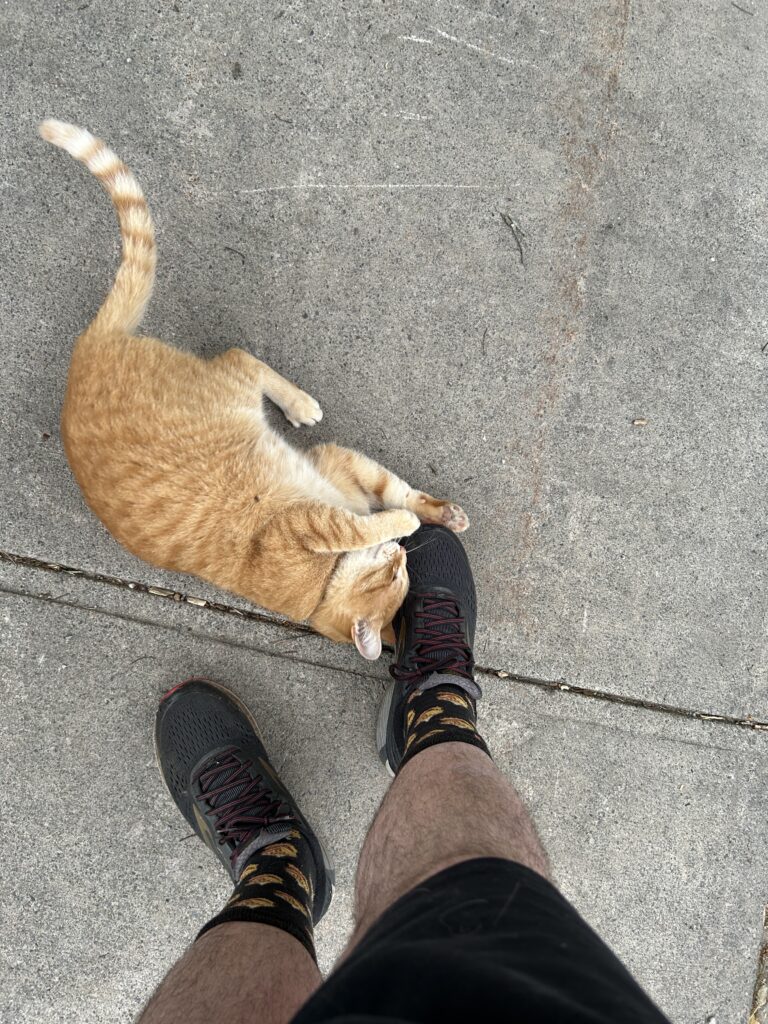
My New Pal, Spiff Tenderloin. Fun fact: I know all cats’ true names upon meeting them or shortly after. Whatever this cat’s human thinks it is named… it is Spiff Tenderloin.
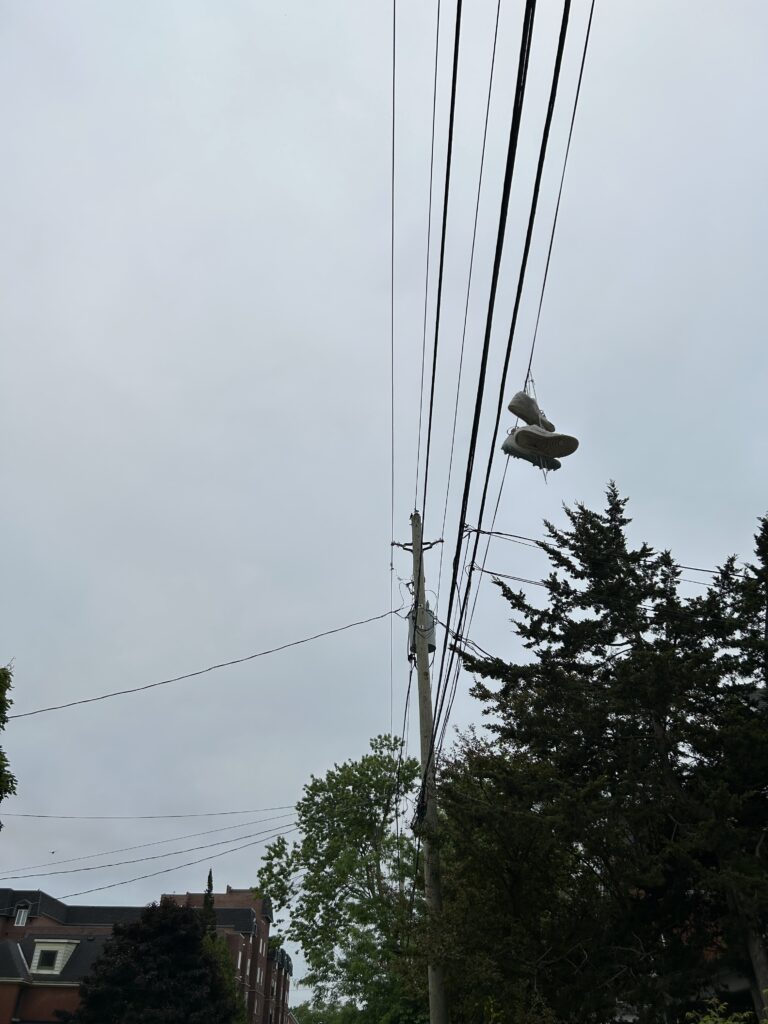
Hangin’ shoes. I don’t know why I photograph these.
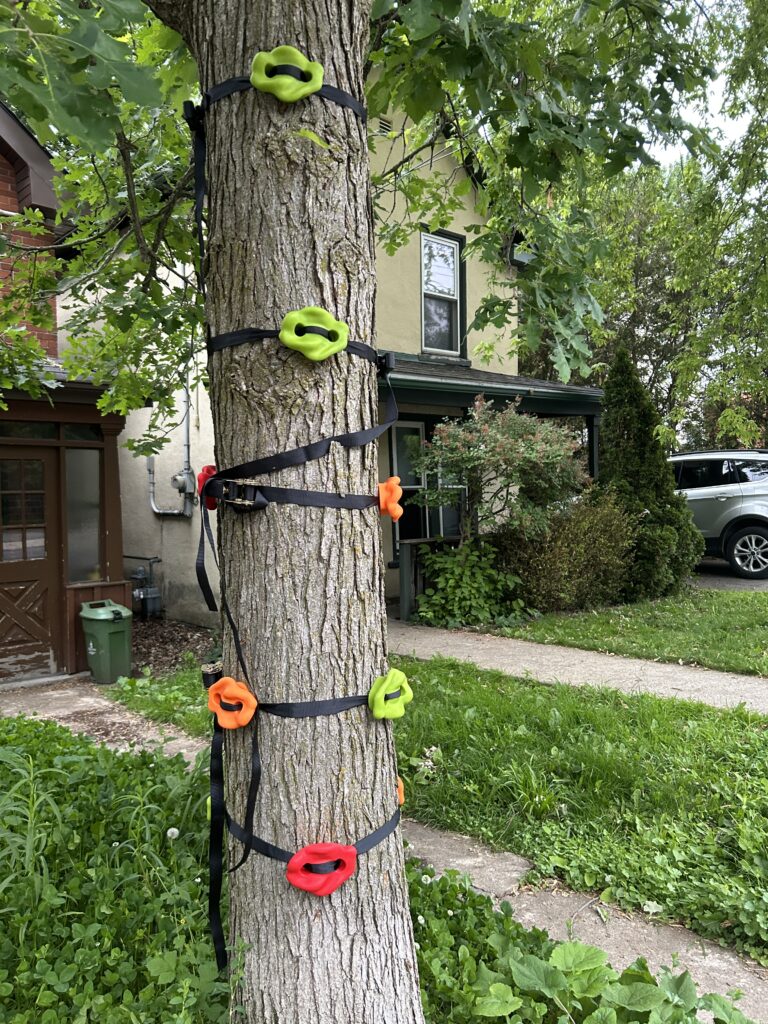
Rock Climbing Tree

Hidden Sculpture
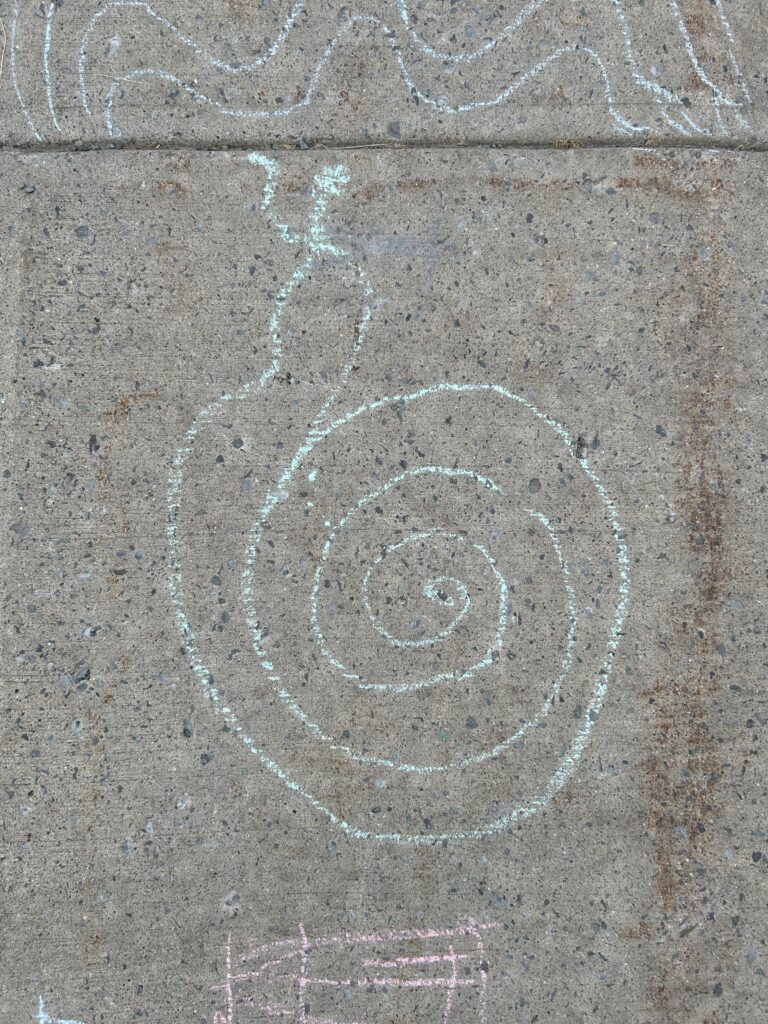
Sidewalk Snail

They Say Some Of These Little Libraries Are Kind Of Right-Leaning But I Don’t Know If I Buy It

Dead tree / haunted lantern
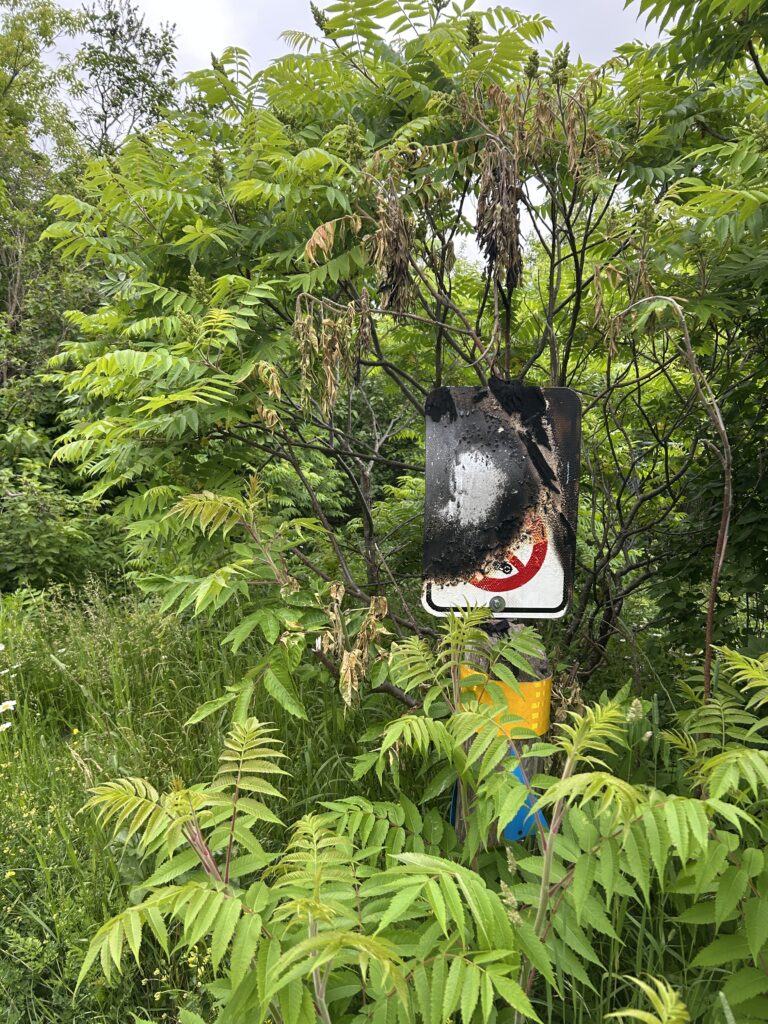
Flamed Sign

Red Gate

Window Saint

Nice Doors

Dawn at the New Garden
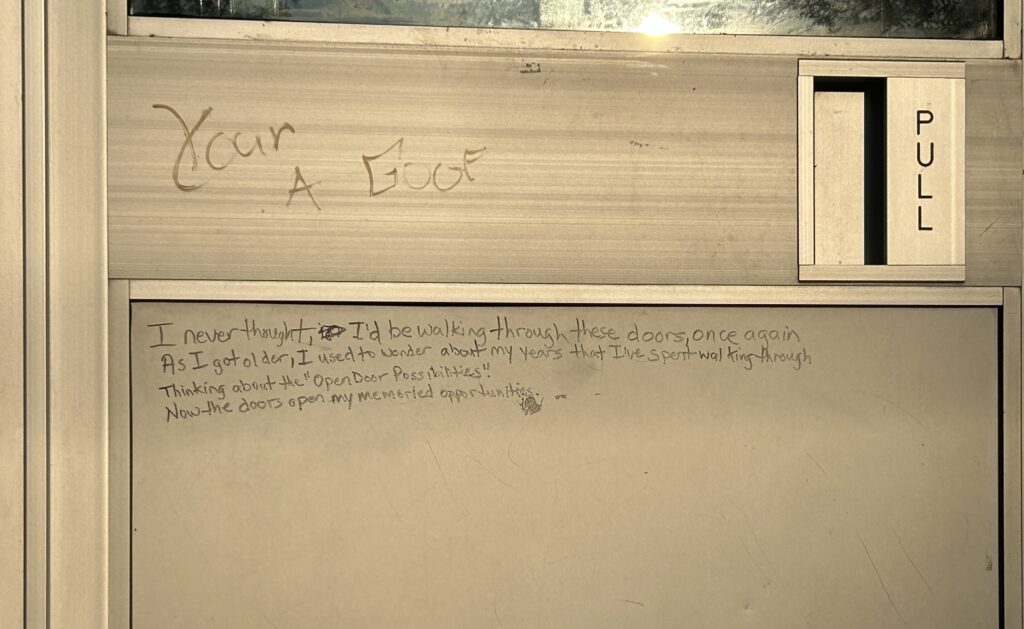
Inspiring Poem / Your A Goof

Tree Hats

Pretty Flowers
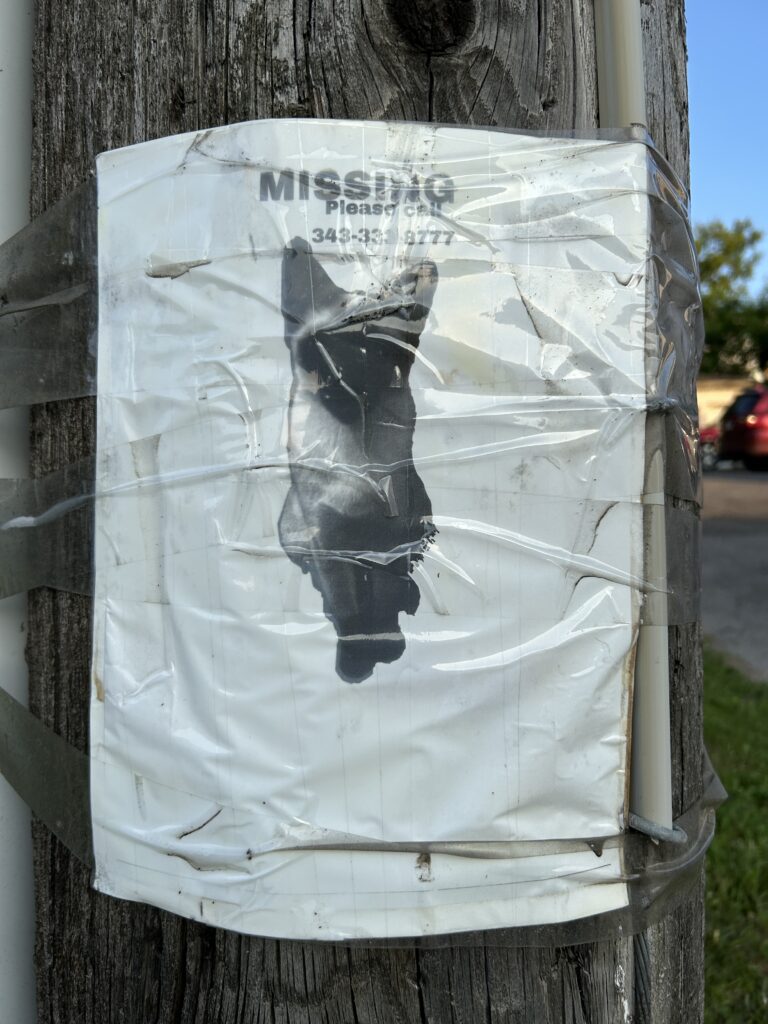
Minimalist Missing Cat
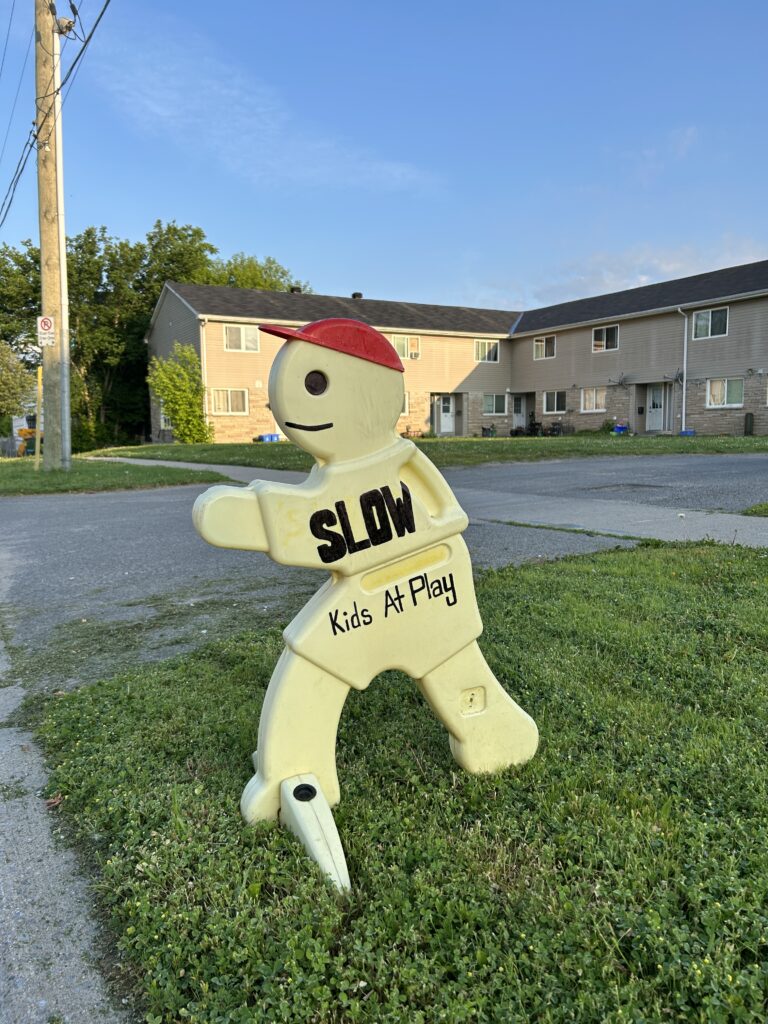

Jesus Can’t You Just Let These Children Play Without Belittling Their Intelligence (Parts 1 and 2)

Brick Christ

Rainy Statuary

Little House on the Lawn

Dutch Zombie Children Welcome You
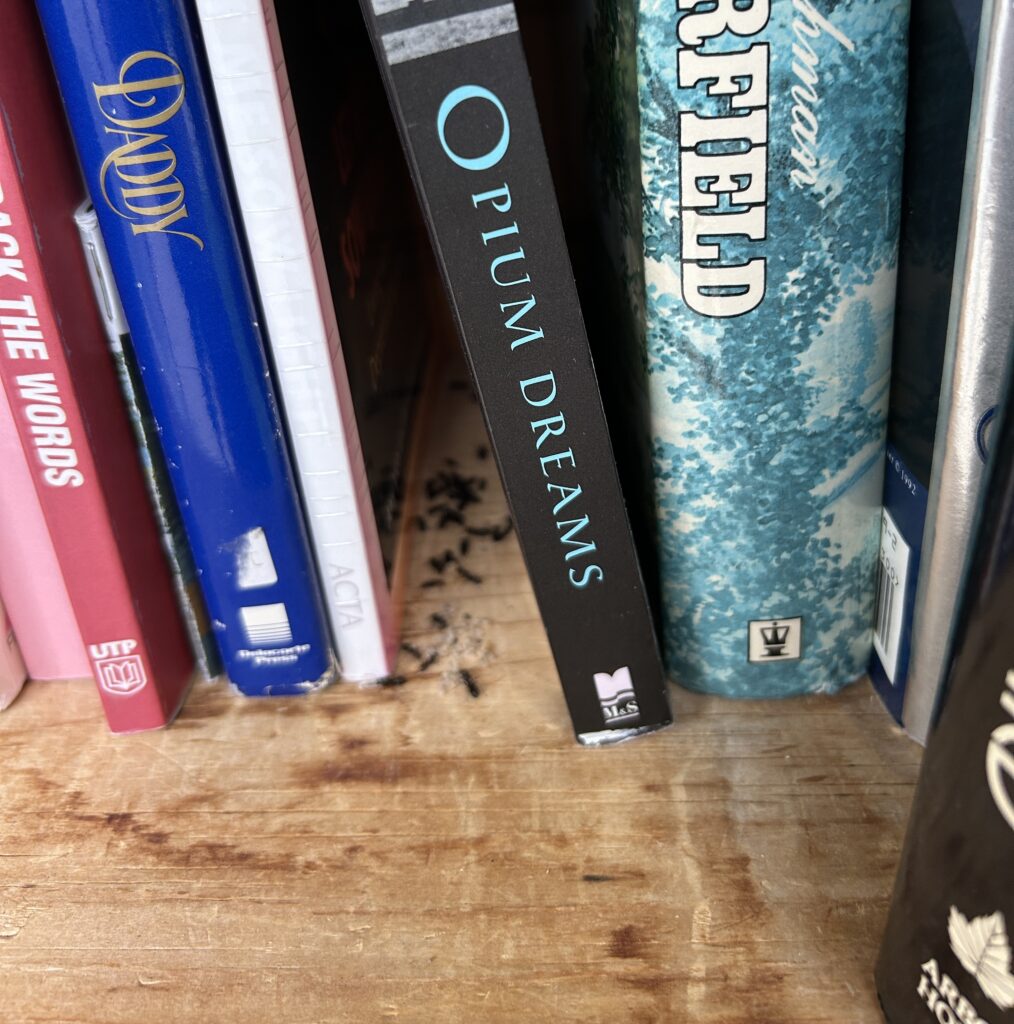
Free Books, Free Ants

A Little Park But Wait It’s Not For You, Poor Person


Contrasting Footpaths

Cool-Ass Little Seed Library
The list of resources for local residents on this site continues to grow with a new page on newsletters you can subscribe to from local community organizations and businesses.
Also added to the Kingston drop-down menu.
Long before Dune and Blade Runner 2049, long before LA, Denis Villeneuve made a movie in Quebec that mashed up kitchen-sink drama, dark humour, Tom Waits songs, and a narrator that is also a dying fish.
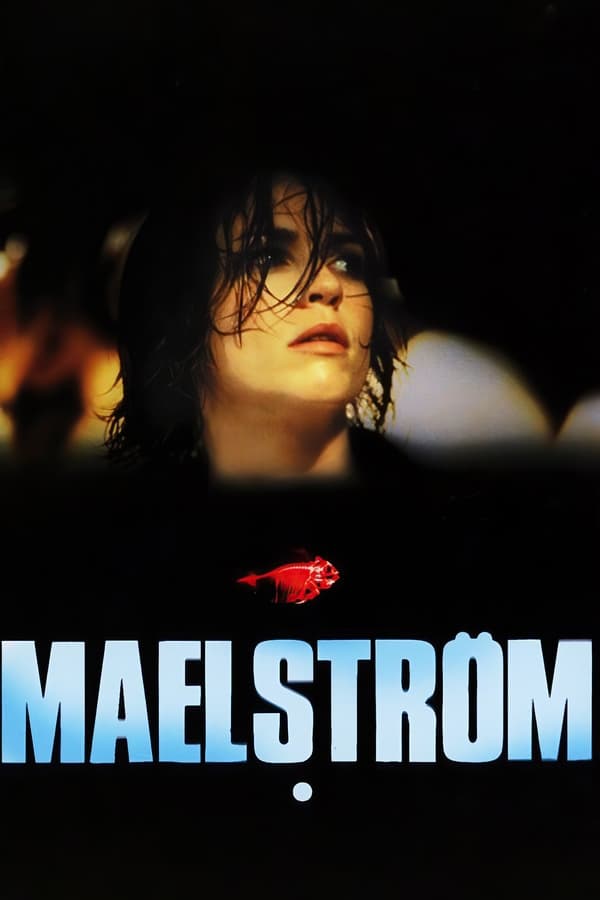
Maelstrom was a high-water mark for Quebec film in 2000, and by and large still holds up.
The story, in a nutshell, is that nepo baby Bibiane is bad at business and not super great at life: she’s blown a $200,000 deal for the family business, parties recklessly, and ultimately drunk-drives herself into a hit-and-run. She runs.
From there, scored partially by Tom Waits’ “The Ocean Doesn’t Want Me Today,” the movie loops around as Bibiane grapples with guilt, falls in love with the son of the man she murdered, and finds, if not happiness, some sort of French-Canadian approximation of same. The plot is driven in part by stale octopus and a mysterious man who looks like a Harkonnen Oliver Platt that dispenses wisdom at laser-perfect moments.
If you didn’t live in Quebec in the late ’90s, it’s hard to express how perfectly Marie-Josée Croze absolutely nails the ur-Quebec-Woman of that era — the look, the hair, the clothes are insanely bang-on. And the movie lives in Montreal really successfully — the upper-class apartments but also the dive bars, the docks, the bus, the subway.
The movie is narrated, for no particular reason, by a Cronenberg-level gross fish that is being serial-butchered by a giant naked dude. Quebec!
It’s achingly obvious that Villeneuve has grown as a director since; there’s significant chunks of “student film vibe” scattered around here. But it’s got a lot of loopy charm, it’s a compelling time capsule if you want a feeling for Quebec au tournant du siecle, the leads are charming, and it’s interesting to see L’il Villeneuve as a nascent film director finding his feet.